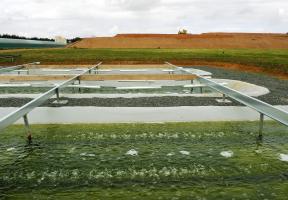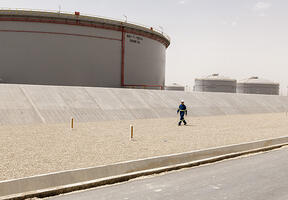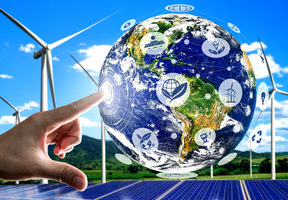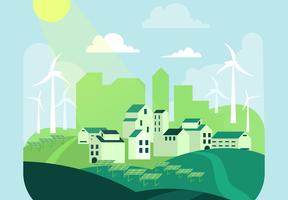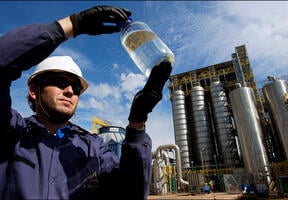In a few words : A shift to more sustainable mobility
5 min read
Mobility is an essential part of life all over the world, both for individuals (urban transit, road, rail and air travel) and for goods (transportation of agricultural or industrial products and raw materials). Movement has increased considerably with globalization, the creation of e-commerce platforms and the boom in world tourism, and CO2 emissions have risen accordingly. But a series of breakthroughs – digital data management, vehicle electrification and technological improvements to engines and fuels – could turn the trend around.

© AFP
Transportation and Global Warming
Since almost all transportation relies on petroleum products, the industry generated nearly a fourth of world CO2 emissions from fossil combustion in 2018. These emissions need to be halved in order to achieve the Paris Agreement objectives for the climate – and yet, if no changes are made, they will likely increase by 60% between now and 2050.
However, the whole of the industry is undergoing a profound transformation.
The Rise of the Electric Car
Whether for passengers or freight, road travel is by far the main culprit when it comes to CO2, accounting for nearly three-quarters of all emissions from transportation.
Electric vehicles could be a way to reduce the industry’s impact, although it all depends on how the is produced in the first place. While today well below 1% of all vehicles worldwide are electric (around 7 million units), some forecasts suggest that the figure could reach 50% by 2050.
At the same time, cars are becoming increasingly connected, sophisticated and efficient.
Aviation and Shipping
Aviation and shipping each represent a little over 11% of CO2 emissions from transportation, but their contribution is rising rapidly, with a 32% increase between 2013 and 2018. A number of environmental groups criticize the excessive use of airplanes, especially for short distances, as well as the lack of taxes levied on marine and aviation fuel.
Airlines and manufacturers have set themselves the highly ambitious target of halving their emissions between 2005 and 2050 through improved technology (aerodynamics, aircraft weight and new propulsion systems), more efficient fuels and measures to curb the increase in air traffic.
In shipping, liquefied natural gas is beginning to take over from highly polluting fuel oil.
New Urban Mobility
Alongside new technologies and energy solutions, passenger transportation habits are changing too, particularly in cities. Thanks to car-sharing, green mobility options and better management of public transportation and traffic, emissions from travel could fall by 30% by 2050.
Digital technology has a key role to play in this transformation.

